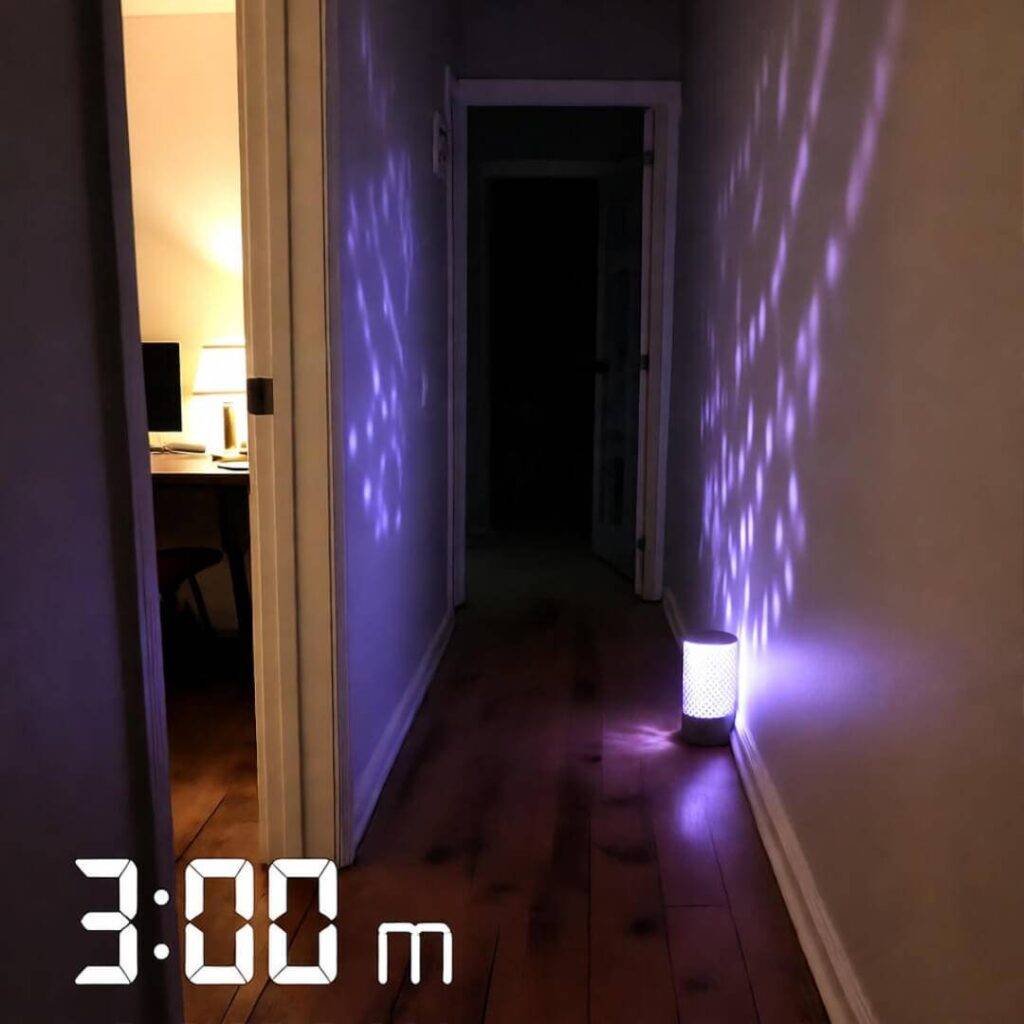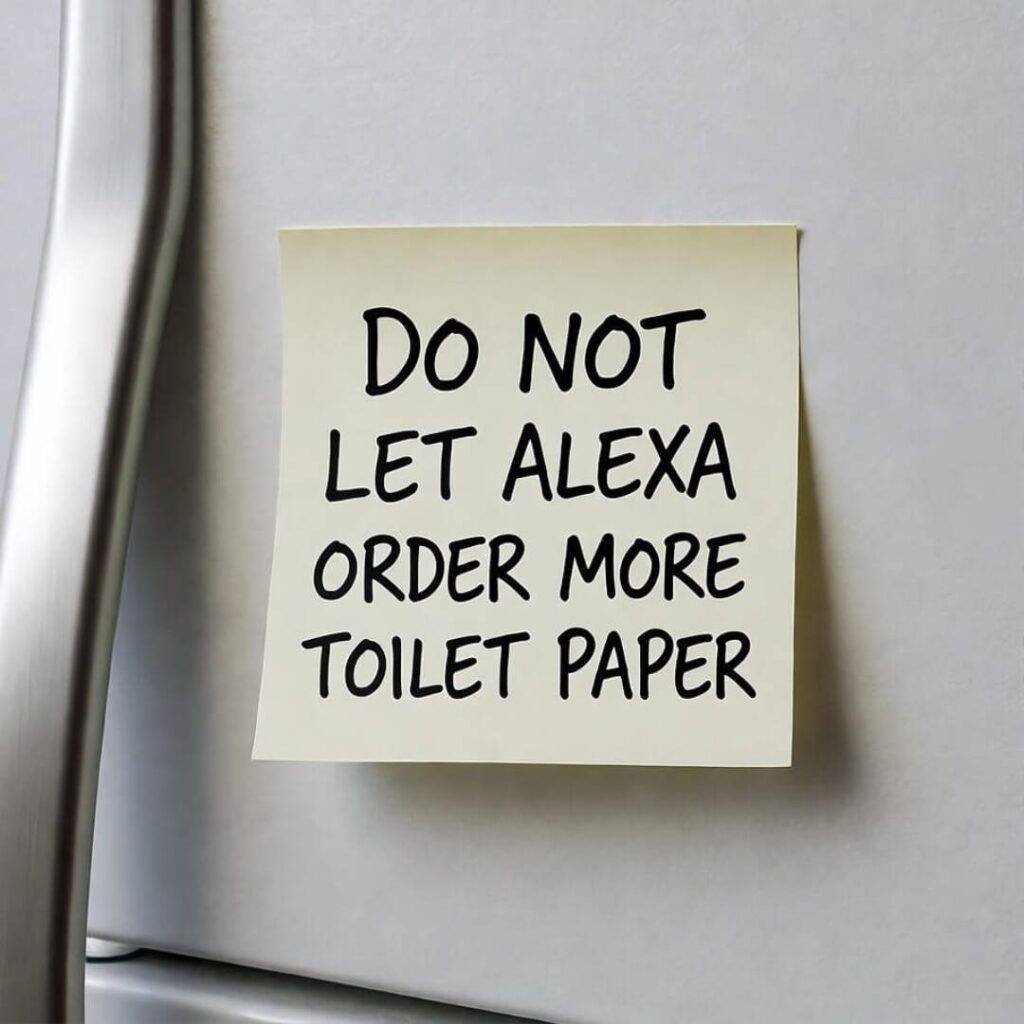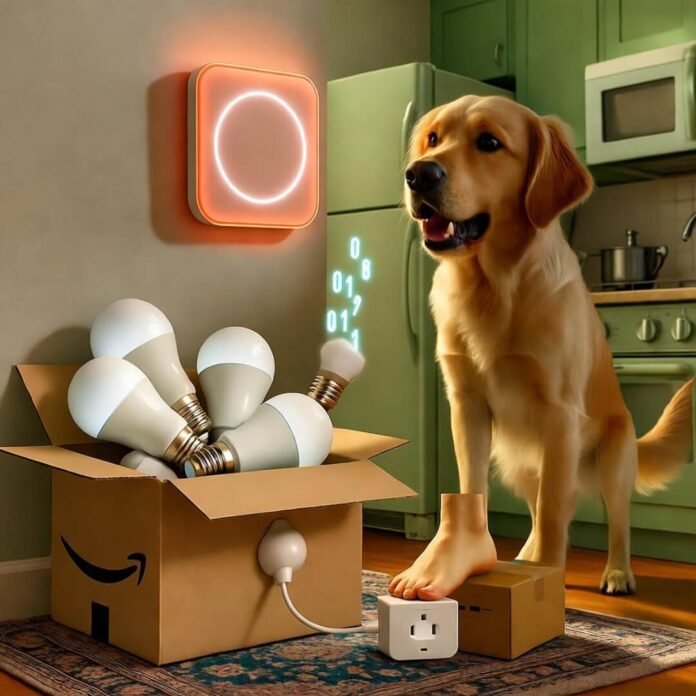Smart homes are becoming the new norm in 2025, and I’m over here in my 1970s ranch-style house in suburban Ohio, watching my Keurig literally roast me for forgetting to refill the water tank. Like, it dinged with this passive-aggressive British voice: “Pardon me, love, but you’re out of H2O again.” I almost threw my mug at it. Anyway, last Tuesday I’m stumbling downstairs in mismatched socks—left one has a hole big enough for my pinky toe to wave hello—and the lights flicker on exactly at 6:47 a.m. because my sleep tracker decided I hit REM at the optimal time. Creepy? Kinda. Magic? Also kinda.

Why Smart Homes Are Becoming the New Norm in 2025 – My Dog Hates the Robot Vacuum
Look, I didn’t mean to turn my living room into a scene from Wall-E, but smart homes are becoming the new norm in 2025 whether I’m ready or not. My golden retriever, Kevin (yes, that’s his government name), now refuses to enter the kitchen because the Roomba keeps chasing him like it’s auditioning for Terminator. I tried renaming it “Friendly Circle” in the app—didn’t help. Kevin just side-eyes it from the couch, tail thumping like, “Bro, fight me.”
- Pro tip from my failures: Put the robot vacuum on a schedule after the dog’s morning zoomies.
- Second pro tip: Hide the charging dock behind the couch or you’ll trip over it at 2 a.m. while hunting for leftover pizza. Ask me how I know.
The Embarrassing Moment Smart Homes Are Becoming the New Norm in 2025 Hit My Bathroom
Real talk: smart homes are becoming the new norm in 2025, and my toilet just judged my fiber intake. The smart scale syncs to the mirror, the mirror syncs to the shower speaker, and suddenly Billie Eilish is blasting “Bad Guy” while a robotic voice announces, “Hydration levels: suboptimal.” I’m naked, dripping, and arguing with a $400 piece of glass. My husband walked in, took one look, and whispered, “We’re those people now.”

How I Accidentally Made Smart Homes Are Becoming the New Norm in 2025 Way Too Real
So I’m trying to impress my mom with the new smart blinds—big mistake. Smart homes are becoming the new norm in 2025, but apparently my Wi-Fi password (“password123”) isn’t secure enough for the blinds. Mom’s visiting from Florida, sips her sweet tea, and says, “Honey, why are the curtains doing the Macarena?” Turns out my neighbor’s teenage son thought it’d be funny to queue up a TikTok dance playlist. The blinds went full rave mode. I unplugged everything with a butter knife like a caveman.
Final Thoughts on Smart Homes Are Becoming the New Norm in 2025 – I’m Keeping the Dog, Ditching the Drama
Here’s the deal: smart homes are becoming the new norm in 2025, and I’m 60% obsessed, 40% exhausted. The convenience slaps—groceries auto-reorder when I run out of oat milk (oat milk, who am I?)—but the learning curve is steeper than my driveway in February ice. Start small, label your devices something boring so hackers skip you, and never, ever let your mother-in-law near the voice settings.
Anyway, if you’re oneryfik the fence, just buy one dumb smart bulb and see if it changes your life. Or ruins it. Either way, tell me about it—I’m @OhioSmartHomeMess on X.

P.S. Check out CNET’s 2025 Smart Home Buyer’s Guide for less chaotic advice than mine, and The Verge’s deep dive on mesh network security so your blinds don’t unionize.





































